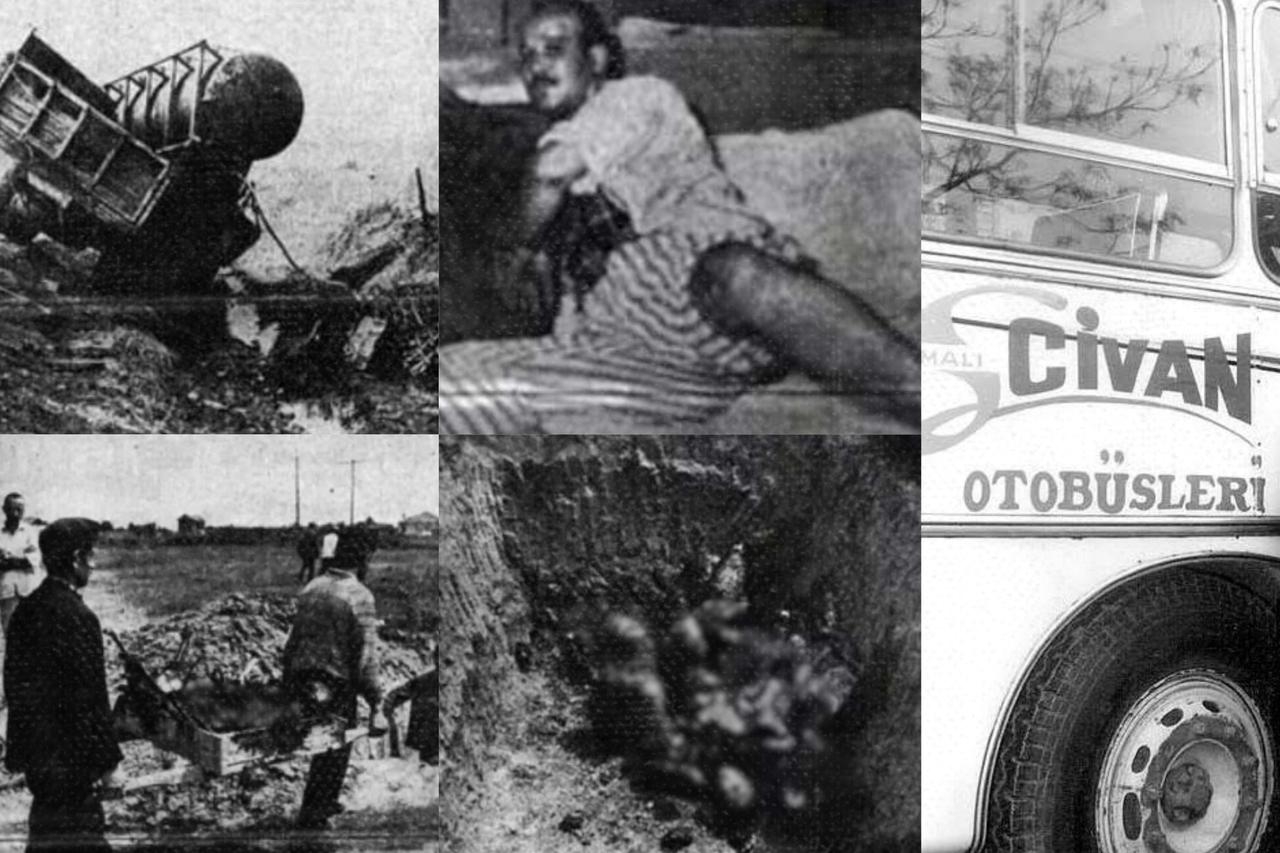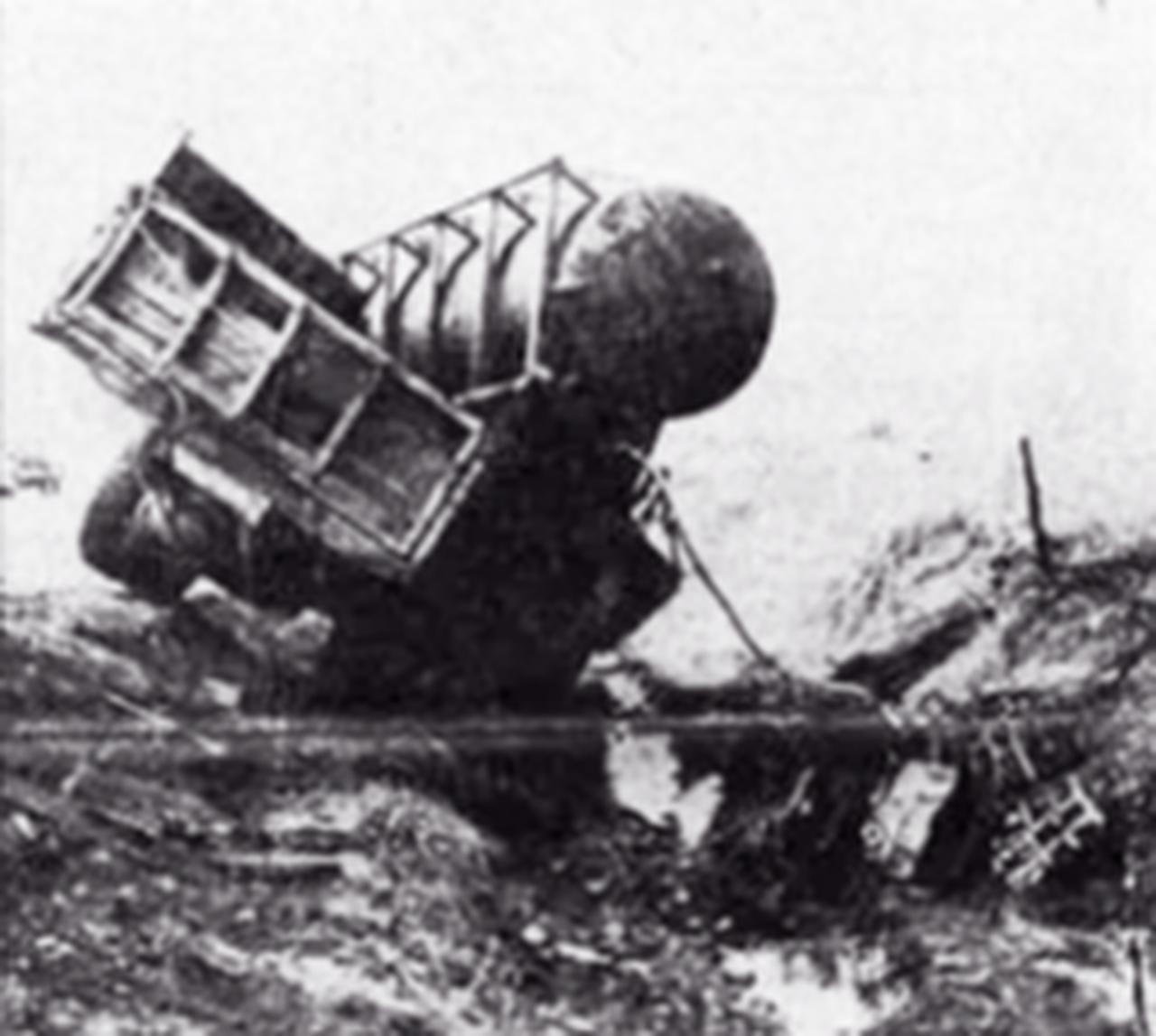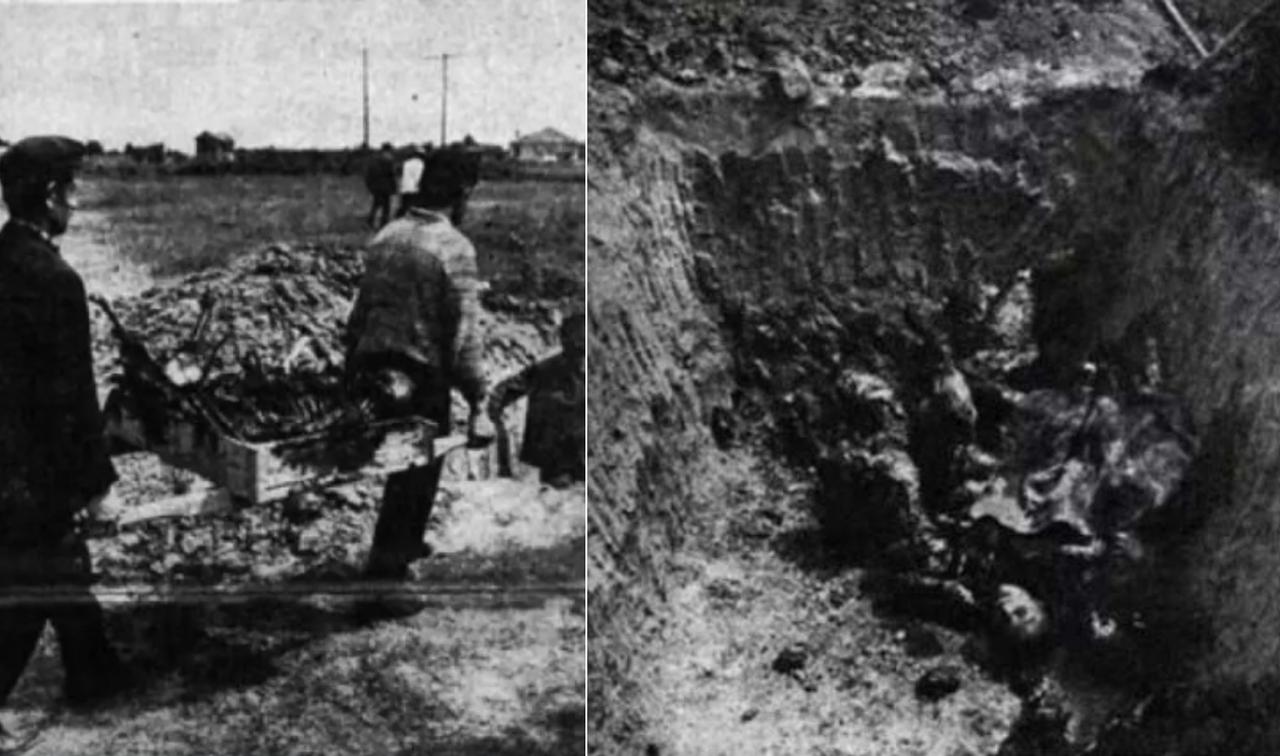
A late-night intercity bus journey between Istanbul and Ankara in August 1965 ended in one of Türkiye’s most unusual and deadly road crashes, when a collision with a parked tanker loaded with nitric acid left 25 passengers dead and 17 others injured near the town of Hendek in Sakarya province.
In the early hours of Aug. 11, 1965, a passenger bus operated by Civan Turizm and named “Sinemali Civan” was travelling along the D-100 highway on its Istanbul–Ankara service. The vehicle was being driven by Ozdemir Suer as it approached the area near Kargalihanbaba in the Hendek district of Sakarya.
At the roadside stood a truck carrying nitric acid, driven by Mustafa Filik. The truck had pulled over because of a shaft malfunction and was waiting on the shoulder of the highway.
According to accounts of the incident, the bus driver had just been hit by the headlights of another bus coming from the opposite direction. After passing that oncoming vehicle and escaping its lights, the bus suddenly came upon the stationary tanker on the right side of the road.
Suer tried to steer left in an effort to avoid the collision, but he was unable to prevent the impact, and the passenger bus crashed into the rear of the parked nitric acid truck.

The force of the collision ruptured the tanker section of the truck and caused its load of nitric acid—a highly corrosive industrial chemical—to spill forward onto the shattered front of the bus, as well as onto the surrounding soil and into a pool of water by the roadside.
When the nitric acid was mixed with the water, it reacted and produced a dense, choking cloud of fumes.
Many of the passengers inside the bus were asleep when the crash took place and woke up to thick smoke-like vapor filling the vehicle. Believing that the bus had caught fire, some of them tried to get out in panic, stepping down onto the ground where the acid had already spread.

As they walked into the contaminated area, the nitric acid began to eat away at their feet. In desperation and intense pain, some of these passengers sought relief by moving further into the mixture of water and nitric acid that had collected by the road.
Instead of easing their suffering, the liquid rose around their bodies and caused even more severe damage. A total of 25 passengers who had left the bus were affected; 18 of them died at the scene as their bodies were destroyed by the acid.
Seven more people, including the truck driver, Mustafa Filik, were taken away with serious injuries and later died at Adapazari State Hospital. In total, the crash and its chemical aftermath left 25 dead and 17 injured.

The first response to the disaster came from residents of Kargalihanbaba, who rushed to the scene as the scale of the accident became clear.
They were soon joined by soldiers from the Hendek 476th Light Transport Battalion, a local military transport unit that took part in the initial rescue efforts.
Among the 17 injured survivors were citizens of the United States and Lebanon, as well as the bus driver, Ozdemir Suer. They were taken to the hospital with severe injuries caused by the crash and by contact with the nitric acid that had spread around the site.

Because of the effects of the acid, the 18 passengers who had died at the scene were left unrecognizable. After the authorities examined the area, villagers dug a trench a short distance—around 10 meters—from the place where the crash had occurred. The bodies of the 18 victims were laid to rest there.
A funeral ceremony and prayers were held at the trench by the village imam, the local Muslim prayer leader. In the years that followed, relatives of those who died arranged for a memorial grave structure to be built on the same spot.
The site became known as “Trafik Sehitligi,” meaning “Traffic Martyrs Cemetery,” and it continues to be visited as a place of remembrance for the victims of the 1965 Hendek bus crash and nitric acid disaster.